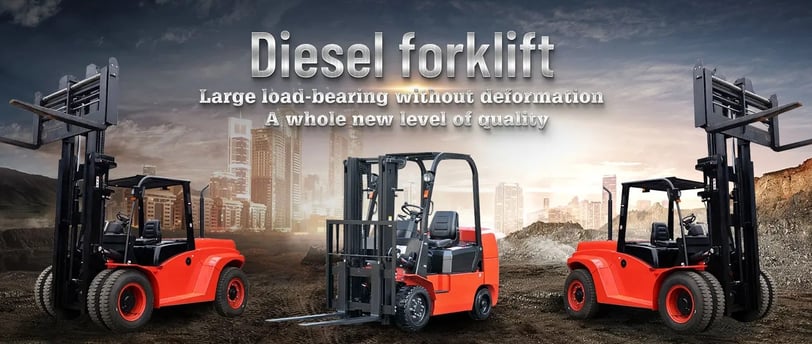Understanding Different Types of Forklift Truck Attachments
Understanding Different Types of Forklift Truck Attachments


Title: Exploring the Versatility: Understanding Different Types of Forklift Truck Attachments
In the dynamic world of material handling, forklift trucks stand as indispensable workhorses, adept at lifting, moving, and transporting goods across warehouses, construction sites, and industrial facilities. What adds to their versatility are the various attachments that can be fitted to them, expanding their functionality and efficiency. In this blog post, we delve into the realm of forklift attachments, exploring their types, functionalities, and applications.
1. Fork Extensions: Starting with the basics, fork extensions offer a simple yet effective solution for handling longer loads. By attaching extensions to the existing forks, forklifts can securely transport goods that exceed the standard fork length, minimizing the risk of imbalance or instability.
2. Forklift Clamps: Ideal for handling irregularly shaped objects such as barrels, drums, or paper rolls, forklift clamps provide a firm grip without damaging the cargo. With options ranging from drum clamps to bale clamps, these attachments enhance efficiency and safety in material handling operations.
3. Forklift Rotators: When it comes to maneuvering loads that require rotation, fork rotators offer a practical solution. Whether it's dumping bins, inverting pallets, or positioning materials, these attachments enable forklift operators to perform intricate tasks with precision and ease.
4. Side Shifters: Enhancing maneuverability and accuracy, side shifters allow forklift operators to laterally adjust the forks without repositioning the entire vehicle. This feature proves invaluable in tight spaces or when aligning loads with precision during loading and unloading operations.
5. Fork Positioners: Tailored for efficiency, fork positioners enable swift adjustment of fork spacing to accommodate different pallet sizes or load dimensions. By eliminating the need for manual adjustments, these attachments streamline workflow and reduce downtime.
6. Telescopic Forks: Offering versatility in handling both standard and long loads, telescopic forks can extend and retract as needed, catering to diverse material handling requirements. From loading and unloading trucks to reaching deep into storage racks, these attachments excel in flexibility and reach.
7. Tilt Forks: Designed for handling fragile or delicate loads, tilt forks provide controlled tilting angles, allowing for precise placement and retrieval of goods. Whether it's stacking pallets or navigating uneven terrain, these attachments ensure optimal load stability and operator safety.
In conclusion, the array of forklift attachments available in the market today reflects the evolving needs of modern material handling operations. From enhancing efficiency and versatility to promoting safety and precision, these attachments play a pivotal role in optimizing workflow and maximizing productivity. By understanding the functionalities and applications of different types of forklift attachments, businesses can leverage their potential to streamline operations and stay ahead in the competitive landscape.
Stay tuned for more insightful updates on forklift innovations and best practices at www.forklifti.com.
